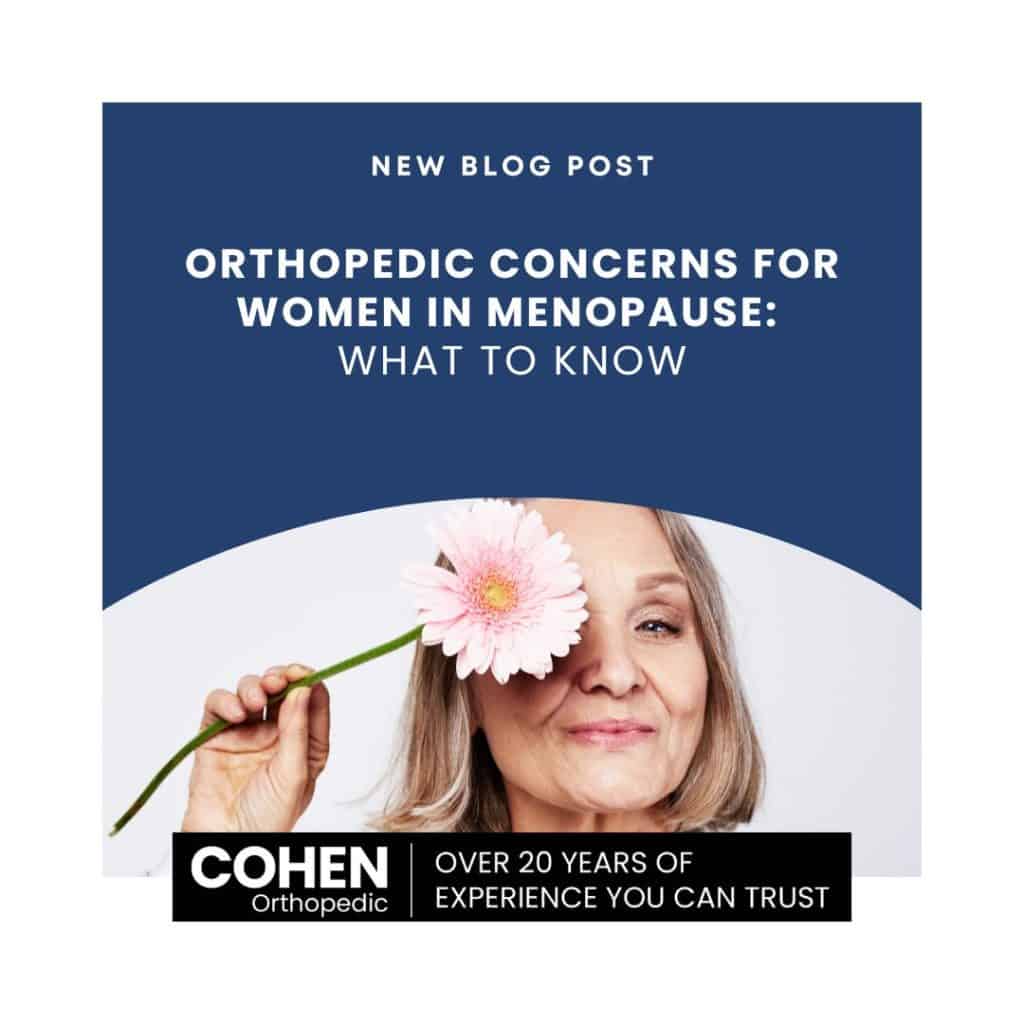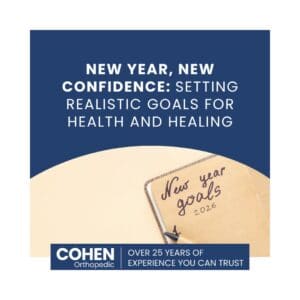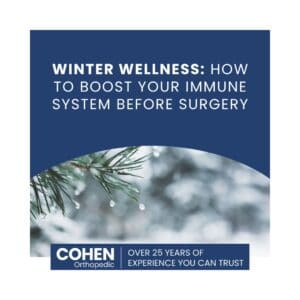Orthopedic Concerns for Women in Menopause: What to Know

Menopause marks a significant transition in a woman’s life—not just hormonally, but physically as well. While hot flashes and mood changes get a lot of attention, the effects on the musculoskeletal system are just as important, especially when it comes to bone and joint health. As estrogen levels decline, women entering menopause may face an increased risk of orthopedic issues that can affect mobility, comfort, and quality of life.
Here’s what women need to know about orthopedic health during and after menopause—and how to stay strong, active, and pain-free.
1. Bone Density Loss and Osteoporosis
One of the most well-known effects of menopause is a reduction in estrogen, a hormone that helps maintain bone density. Without it, bones can become weaker and more prone to fractures.
What to watch for:
- Increased risk of fractures, especially in the hip, spine, and wrist
- Silent loss of bone mass, often without symptoms until a break occurs
What you can do:
- Get a bone density scan (DEXA) if recommended by your doctor
- Ensure adequate intake of calcium and vitamin D
- Engage in weight-bearing and resistance exercises
- Consider medications or hormone therapy as advised by your physician
2. Joint Pain and Stiffness
Many menopausal women report new or worsening joint pain, particularly in the knees, hips, hands, and lower back. While not always caused directly by menopause, hormonal changes can exacerbate inflammation and reduce joint lubrication.
What to watch for:
- Morning stiffness
- Aching joints, especially after inactivity
- Decreased range of motion
What you can do:
- Stay physically active with low-impact exercises like swimming, yoga, or walking
- Maintain a healthy weight to reduce stress on joints
- Use anti-inflammatory foods or supplements (with medical guidance)
3. Muscle Loss and Balance Issues
Muscle mass naturally declines with age, but the process can accelerate during menopause. This affects strength, posture, and balance—raising the risk of falls and related injuries.
What to watch for:
- Feeling weaker or less stable
- Trouble lifting objects or climbing stairs
- More frequent trips or slips
What you can do:
- Incorporate strength training 2–3 times per week
- Focus on core and balance exercises like tai chi
- Stay consistent with physical therapy or guided fitness routines if needed
4. Increased Risk of Osteoarthritis
Osteoarthritis, the “wear and tear” type of arthritis, becomes more common with age, and hormonal shifts may accelerate its onset or worsen symptoms in menopausal women.
What to watch for:
- Pain in load-bearing joints like knees and hips
- Swelling or tenderness
- Decreased flexibility
What you can do:
- Manage weight to ease joint stress
- Use supportive footwear and ergonomic aids
- Consider seeing an orthopedic specialist for imaging and treatment plans
Not all aches and pains are “just age.” Persistent pain, reduced mobility, or sudden injuries should never be ignored. An orthopedic evaluation can help pinpoint causes, recommend appropriate therapies, and prevent more serious complications down the line.
Conclusion
Menopause is a time of transition, but it doesn’t have to mean giving up your active lifestyle. With the right knowledge, preventive care, and medical support, you can stay strong, independent, and pain-free well into your later years.
Take control of your orthopedic health—it’s never too late to start.
Need help managing joint pain or bone health? Dr. Brian Cohen and our sports medicine team are here to support you.










